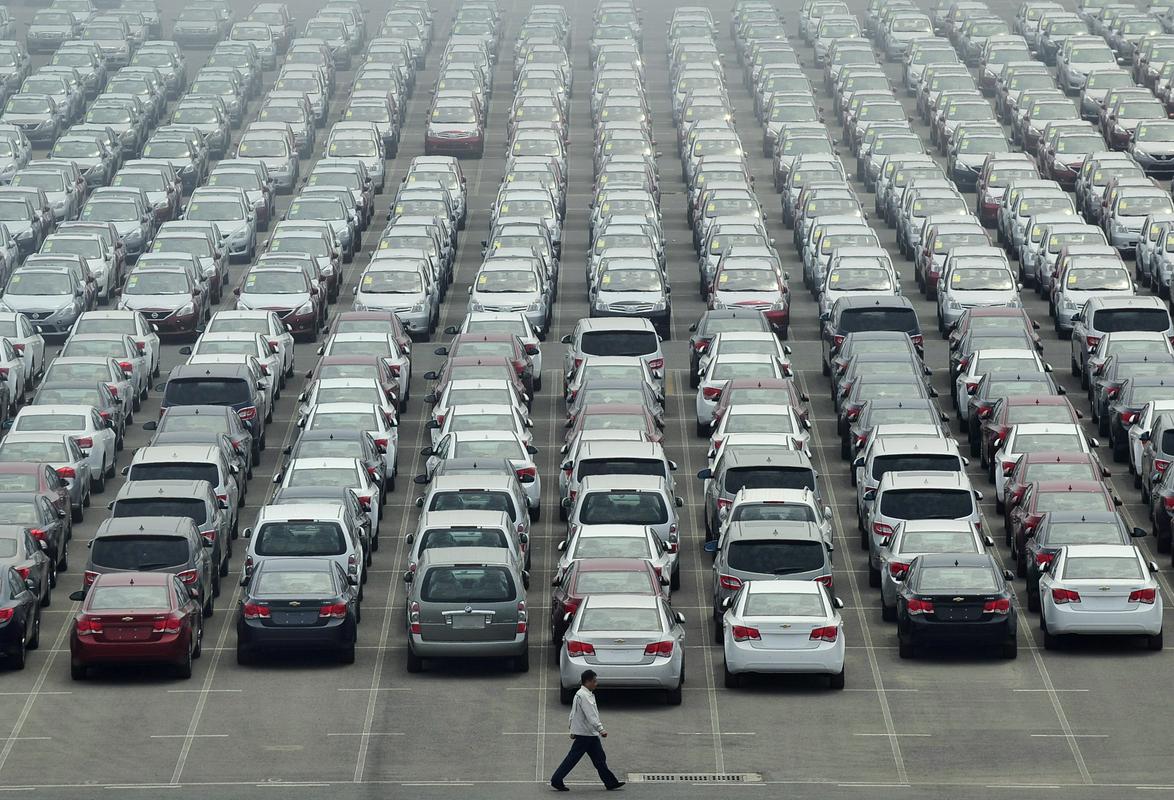
Slovene suppliers and subcontractors for the European car market await with fear the results of talks about possible changes to American import tariffs on European cars. Higher import tariffs would automatically lead to a drop in sales of European cars in the US, says Darko Hrastnik, president of the Unior board. "This means that Slovene suppliers to the automotive industry would see a decrease in orders in a very short time.’"
Slovenia does not manufacture the kind of cars which are sold in the US, but Slovene manufacturers of car parts are directly linked with cars sold across the pond. Chief analyst at the Chamber of Commerce and Industry of Slovenia Bojan Ivanc says that they are connected primarily through supplies to the three largest German car manufacturers: Volkswagen, BMW and Mercedes. "We think that the introduction of higher import tariffs could be reflected in the form of pressures to reduce sale prices."
The automotive sector represents between 15% and 20% of GDP in Slovenia and threats of higher import tariffs should be carefully monitored, adds Ivanc. The European Union has partially prepared itself for this scenario. Numerous car manufacturers, such as BMW and Mercedes, have set up factories in the US for sales to the American market. But premium vehicles are still made in Europe and every 15th car that is made in the EU is sold in the US.

































































